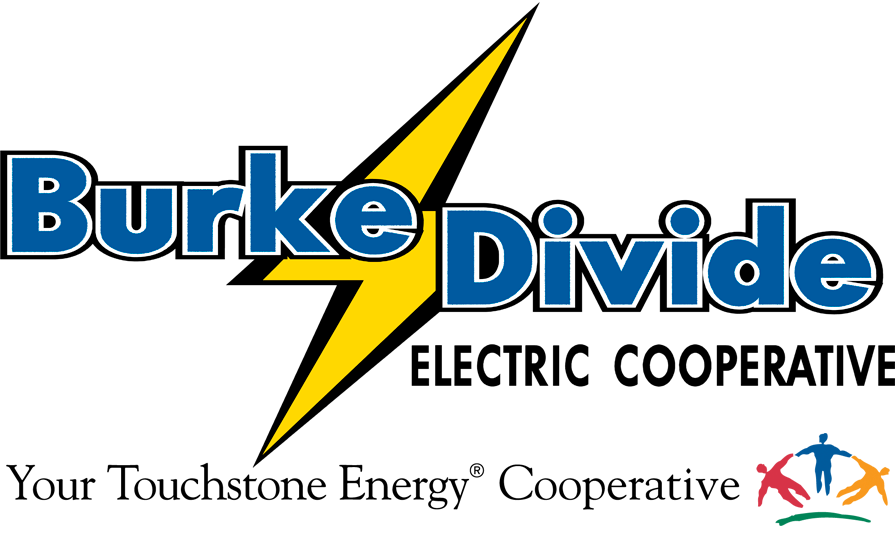From internet service to agricultural products to the electricity that powers your home, cooperatives play a role in your everyday life. As we celebrate Co-op Month in October, electric cooperative members should be proud of the success of the cooperative business model and the spirit of cooperation these organizations promote. Cooperatives are a true example of grassroots involvement, because cooperatives are owned and controlled by the people they serve.
North Dakota is home to over 500 cooperatives that include sectors such as electricity, broadband, credit unions, finance, agriculture and even child care.
Decades ago, rural residents joined together to bring the convenience of electricity to their communities. The cooperatives they formed are as strong and relevant today as they were then.
But co-ops are not just products of a proud past. Today, folks across the country recognize the cooperative approach works to achieve price and service benefits, just as effectively as it delivers affordable power to rural North Dakotans. As locally owned businesses, cooperatives are part of the community. Neighbors helping neighbors. That’s the cooperative difference.
And all these cooperatives operate under the same principles of member ownership. The power of the people is exemplified in the seven principles that guide all cooperatives:
- Voluntary and open membership – Cooperatives are voluntary organizations, open to all persons able to use their services and willing to accept the responsibilities of membership, without gender, social, racial, political or religious discrimination.
- Democratic member control – Cooperatives are democratic organizations controlled by their members, who actively participate in setting policies and making decisions. The elected representatives are accountable to the membership. In primary cooperatives, members have equal voting rights (one member, one vote) and cooperatives at other levels are organized in a democratic manner.
- Members’ economic participation – Members contribute equitably to, and democratically control, the capital of their cooperative. At least part of that capital is usually the common property of the cooperative. Members usually receive limited compensation, if any, on capital subscribed as a condition of membership. Members allocate surpluses for any or all of the following purposes: developing the cooperative, possibly by setting up reserves, part of which at least would be indivisible; benefiting members in proportion to their transactions with the cooperative; and supporting other activities approved by the membership.
- Autonomy and independence – Cooperatives are autonomous, self-help organizations controlled by their members. If they enter into agreements with other organizations, including governments, or raise capital from external sources, they do so on terms that ensure democratic control by their members and maintain their cooperative autonomy.
- Education, training and information – Cooperatives provide education and training for their members, elected representatives, managers and employees so they can contribute effectively to the development of their cooperatives. They inform the general public about the nature and benefits of cooperation.
- Cooperation among cooperatives – Cooperatives serve their members most effectively and strengthen the cooperative movement by working together through local, national, regional and international structures.
- Concern for community – While focusing on member needs, cooperatives work for the sustainable development of their communities through policies accepted by their members.

